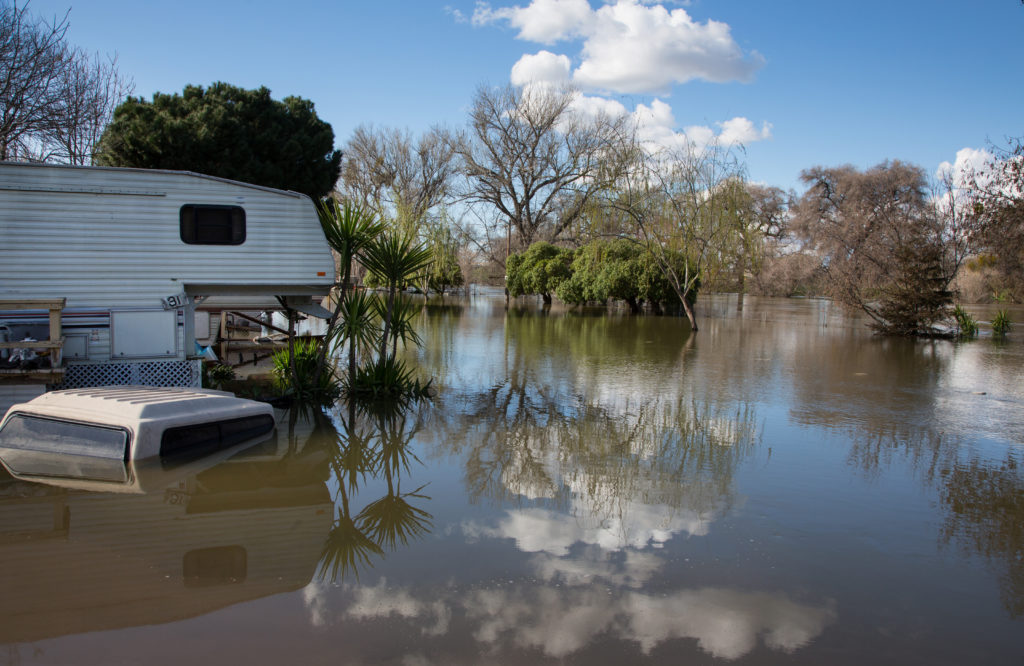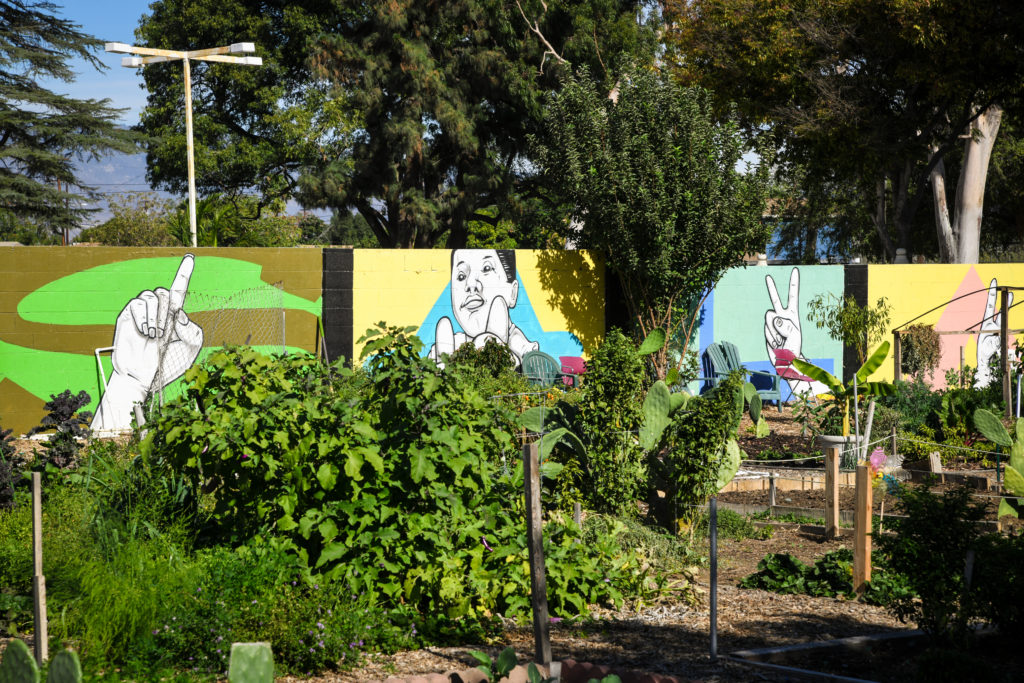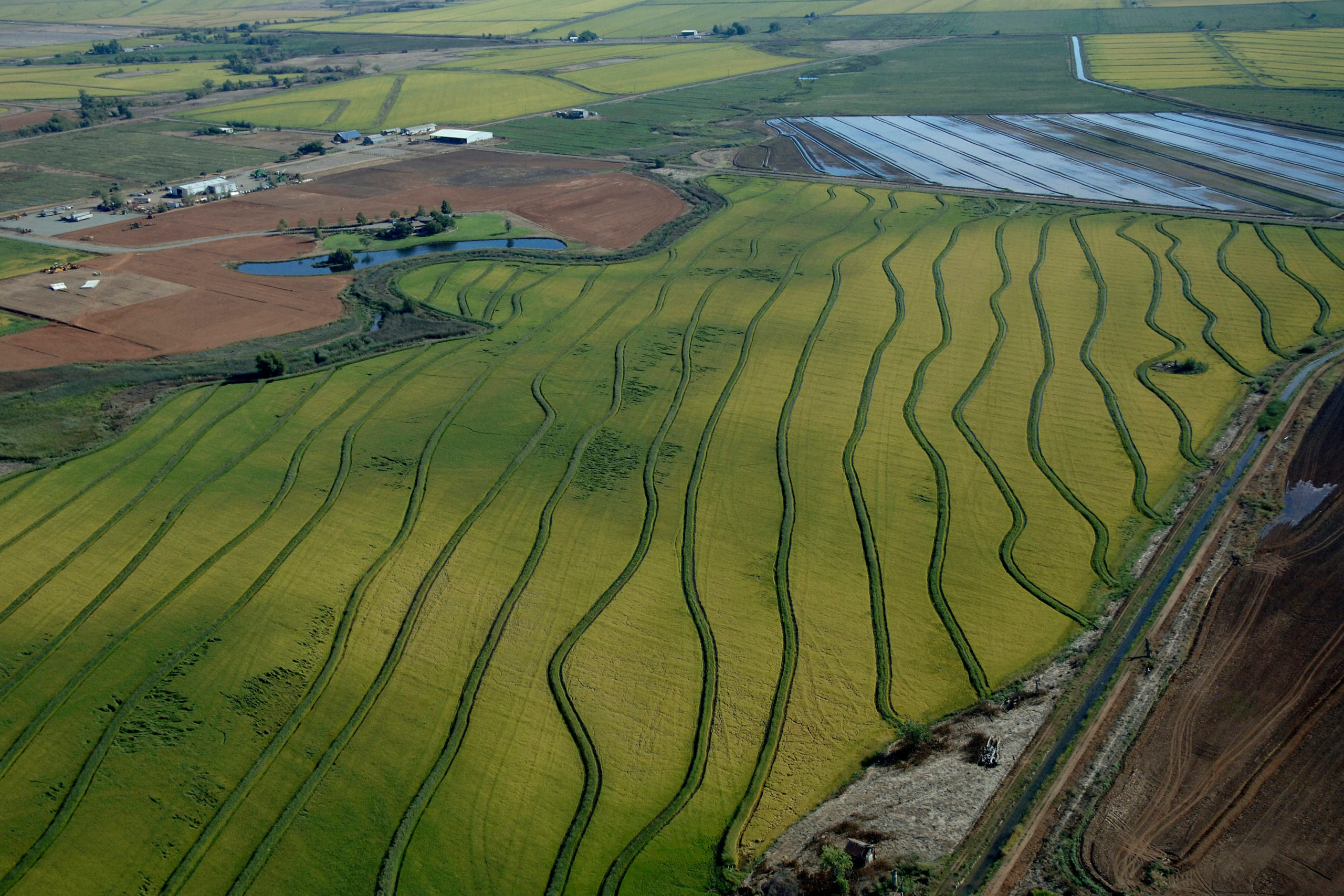Water planning and land use planning in the US have too often been separate activities for local, state, and federal governments. In a climate crisis that is hitting people of color first and worst, we are living with the consequences of bureaucratic systems based in structural inequity and decision-making that has little practice in cross-issue collaboration.
In the western US, more dangerous wildfires are scorching the ground and destroying vegetation that keeps soil in place. Without this natural erosion control, rivers – the largest source of US drinking water – are facing decades of pollution problems.
In Texas, Hilton Kelley, whose organization is currently on the frontlines of Hurricane Laura response, explains why Black communities are more likely to live in flood-prone areas: “The only options that were left for us when it comes to residence and where we could live, were those low lying areas. That’s where we were forced to live, because all the other communities were basically marginalized and pushing us away by various means, through violence, through racial intimidation, and through the KKK organization.”
In Madera, CA, a family recently shared with the Fresno Bee their shock at seeing a brand new irrigation well and almond orchard in the middle of the state’s record-setting drought. Next door to the orchard, residents’ drinking water wells dried up.
These are just a few examples that underscore an important lesson: to adapt to a changing climate and address long-standing inequities, we need to leave behind the era of single-issue decision-making. One place to start is by connecting water and land.

Floodwaters from the Tuolumne River in Modesto, California, Dale Kolke / California Department of Water Resources.
Resources Digging into Water-Land Connections
Community members, advocates, and researchers have put together several resources to help policymakers and communities explore decision-making that unites water and land goals. Below, we share just a few of those.
- As the Local Government Commission explained in its report and recommendations, Bringing Water and Land Use Together, inequities exist in all forms of public service and “equitable planning and management can help existing communities thrive by giving them a voice in decision-making processes and providing neighborhood amenities such as parks and green spaces for all residents.”
- The Nature Conservancy has a new report on nature-based climate solutions, which shows how land across California, from farms and forests to wetlands and city green spaces, can help the state build climate resilience.
- Staying on the nature-based solutions theme, American Rivers has detailed the many benefits of floodplain restoration, while the Los Angeles Alliance for a New Economy (LAANE) has researched the intersection of green space, stormwater infrastructure, and local job creation.
- The Struggle for Water Justice in California’s San Joaquin Valley by the UC Davis Center for Regional Change mapped how residents in unincorporated communities are served by a “fragmented patchwork of small and often underperforming water systems that result in uneven access to safe drinking water.”
- And finally, the Union of Concerned Scientists recently released Climate Change in the San Joaquin Valley: A Household and Community Guide to Taking Action, sharing information and ideas to help residents address the rapidly evolving issues affecting community members’ health and to prepare for climate challenges.
These reports shine a light on both the challenges that persist because of disconnected decision-making and the opportunities to secure safe drinking water, restore ecosystems, and build climate resilience if we make water and land decisions together.

Huerta del Valle, a community garden with murals in Ontario, California, Lance Cheung / US Department of Agriculture.
Expanding Community Voice and Influence
As we note in our strategy framework, “expanding the voice and influence of those most impacted by water challenges can help generate more democratic, responsive, and effective water institutions.” This is also true for integrated decision-making that connects water, land, public health, environmental health, economic mobility, and much more.
Funders and policymakers can support the shift to integrated decision-making in several different ways, including and not limited to:
- Funding technical assistance in all the languages spoken and read by residents to help their participation in local, regional, and state planning processes;
- Supporting leadership building efforts at all levels of government, bringing in new perspectives and filling knowledge and experience gaps in existing structures;
- Sharing transparent information and data that helps more people understand the connection between land, water, and climate, as well as possible solutions; and
- Investing in community-based groups’ long-term capacity to support their neighbors’ engagement in land and water policy and advocacy.
As part of this ongoing series, we also spoke with Edgar Garibay, community relations manager at Tuolumne River Trust. Edgar shared how he’s helping West and South Modesto residents get involved in the city’s three-year General Plan process and what will make it easier for community members to influence public decision-making. Check out that Q&A.
